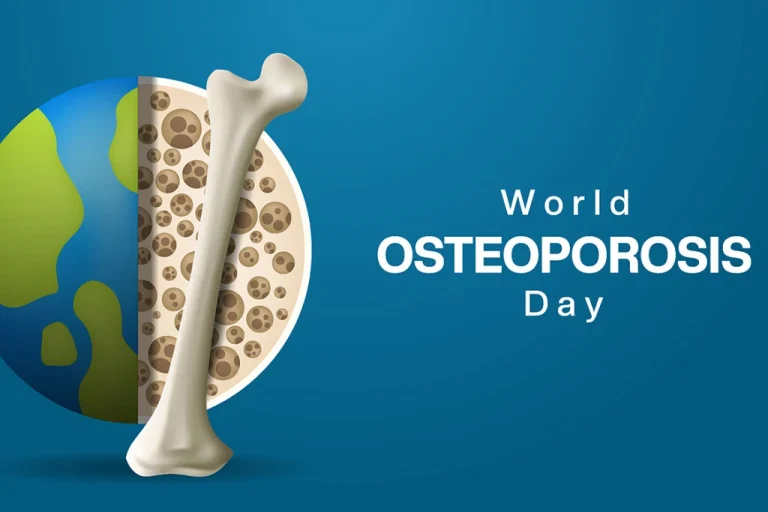Bone weakness is also known as Osteoporosis, which is increasingly becoming a huge health issue of concern among people in Pakistan. It is a disease that is characterized by decreased bone density and heightened risk of fracture and it has an estimated prevalence of 9.9 million people, 7.2 million of whom are women. It is also projected that this number may increase to 12.01 million in the year 2050 because of the aging populations and change in lifestyles. Although common, osteoporosis is underdiagnosed and undertreated, with little diagnostic facilities such as the DXA machines which is still limited to the major cities. Recent research has supported osteoporosis by 20-49% of postmenopausal women with up to 64% being osteopenic in premenopausal populations, which is a widespread burden.
Causes and Risk Factors
In Pakistan, osteoporosis is caused by a combination of demographic, nutrition and lifestyle factors. Old age and a reduction in estrogen levels after menopause lead to a faster loss of bone and women have increased risks because of multiparity and longer lactation periods. Cases of vitamin D deficiency are prevalent with 66-92 percent of a given population being affected by a lack of sunlight, sedentary lifestyles, and lack of food fortification policies. This is aggravated by low calcium consumption, which is usually less than 500 mg/day as opposed to the recommended 1,200 mg, physical inactivity, low BMI, smoking, and socioeconomic limits such as illiteracy and lack of access to healthcare. Sedentary habits are increased by urbanization, and secondary risks are associated with family history and drugs (e.g., corticosteroids). The danger is enhanced as fragility fractures occur 10-20 years earlier than among Western populations.
Treatment and Prevention
It is important to promote early intervention. The prevention is based on lifestyle modifications: sufficient amounts of calcium and vitamin D in the food, supplement (800 IU/day vitamin D) and safe exposure to the sun (10-30 minutes, arms and legs, twice a week). The resistance training and walking exercises give strength to bones and decrease falls. Nevertheless, under-treatment is caused by low adherence, absence of guidelines, and financial problems. Risk evaluation through the FRAX tools, modified to be used in Pakistan, supports screening during the initial care setting.
The Way Forward
Pakistan requires an immediate policy response: national guidelines, food fortifications, educational programs at the World Osteoporosis Day, and Fracture Liaison Services to provide post-fracture treatment. Inclusion of osteoporosis in non-communicable disease strategies would prevent a projected 214 percent increase in hip fractures by 2050 that would save lives and resources. Such a silent epidemic will consume a healthcare system that is already overwhelmed.
Read: Latest Health News







